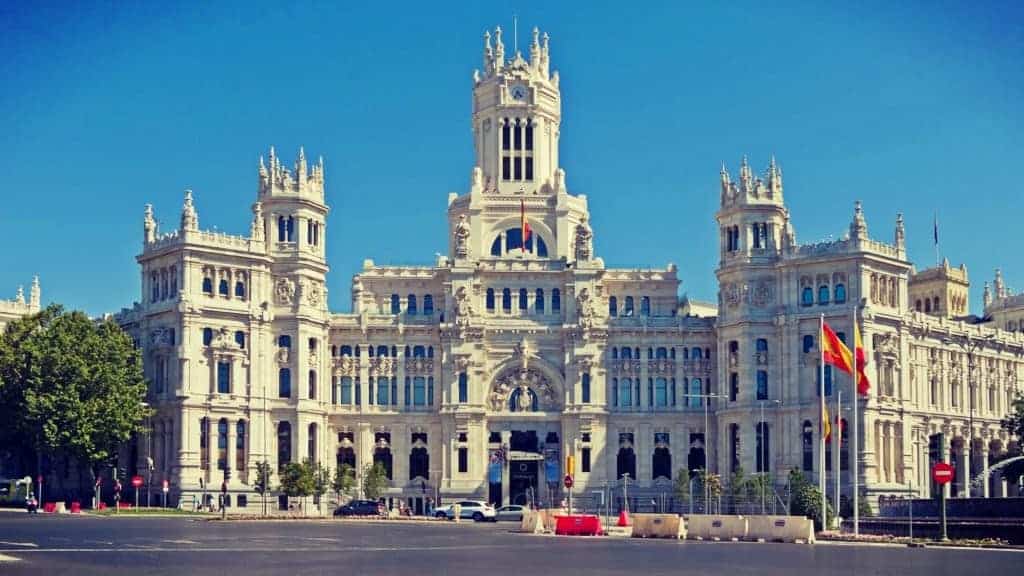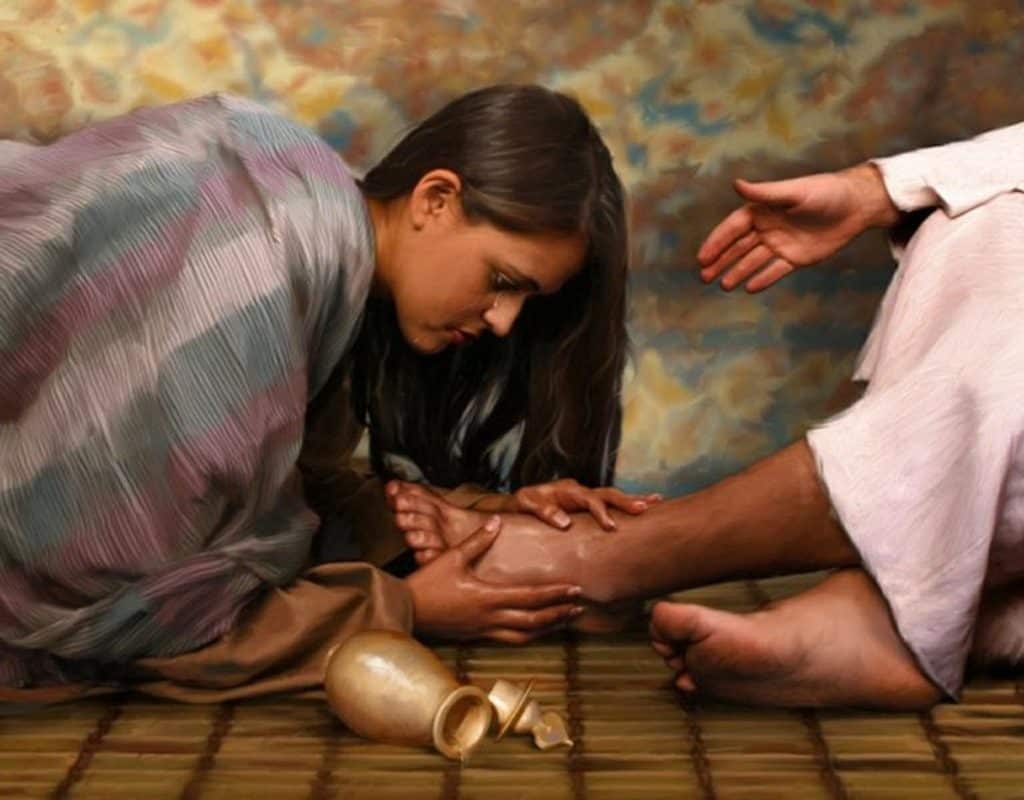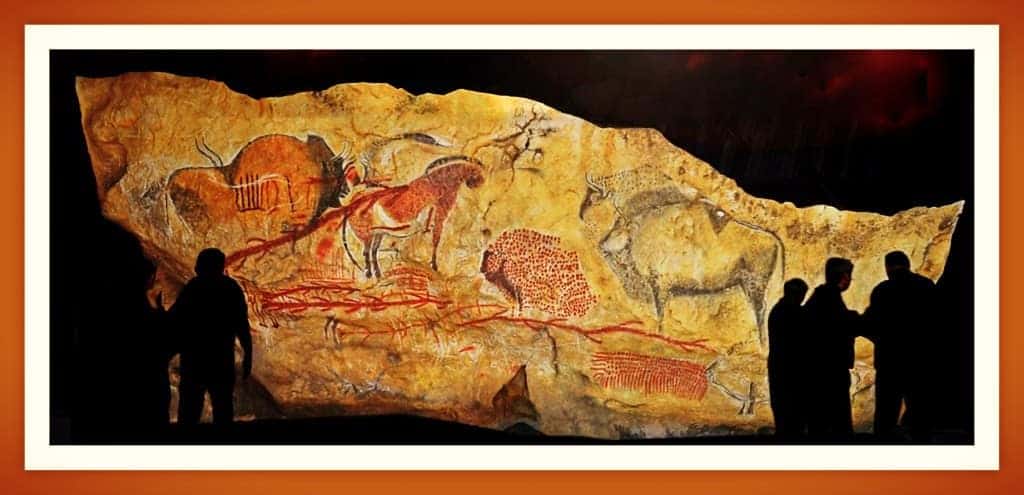Since its introduction to Spain by the Duke of Wharton in 1728, Freemasonry has been a subject of both fascination and speculation. This fraternal society, often shrouded in mystery, has left a profound imprint on the country’s political and social history, becoming a central character in both myths and realities.
Origins and History of Freemasonry in Spain
Freemasonry, historically known as a secretive fraternal society, has played a notable role in Spain’s political and social history. The Duke of Wharton established the first Masonic lodge in the country in 1728, bringing with him a blend of British influences and Protestant intellectualism.
Philip Wharton, the Duke of Wharton, was a controversial and charismatic figure in European Masonic history. Prior to his arrival in Spain, he had already made a name as a prominent Mason in Britain. His decision to introduce the lodge in Spain came during a period of increasing cultural interactions and exchanges between Spain and Great Britain.
Beyond its social and fraternal functions, Freemasonry provided a platform for discussing enlightened ideas and advocating for political and social changes, which Wharton saw as an opportunity to influence Spanish thought.
This initiation marked the beginning of a legacy that would deeply intertwine with the nation’s historical events.
Perceptions and Myth
For a long time, Freemasonry has been the object of various conspiracy theories and legends. Many of these stories depict Freemasonry as a covert and powerful organization, with secretive rituals and a significant impact on global power dynamics. These perceptions have been influenced and, in some cases, exacerbated by literary works and pseudoreligious movements.
Among the pseudoreligious movements feeding these perceptions was Theosophy, founded by Helena Blavatsky in the 19th century. Blavatsky claimed that Freemasonry contained ancient esoteric truths parallel to her theosophical teachings, though differently interpreted.
Another movement, Rosicrucianism, despite its similarities in symbolism and ritual, has often been mistaken for Freemasonry, leading many to believe that both orders were intrinsically linked.
These amalgamations and misconceptions, promoted by certain leaders and texts of these movements, have contributed to the mystique and misunderstandings surrounding the true nature and purposes of Freemasonry.
However, researchers like Vicente Guillamón have attempted to debunk these myths, arguing that many stories about Freemasonry are more fiction than fact.
Freemasonry in Spanish Politics
Throughout Spanish history, the influence of Freemasonry has been significant, but not always clear or direct. In the 19th and early 20th centuries, Freemasonry was particularly active in Spanish politics, influencing various intellectual and political movements.
Masonic lodges became meeting places where liberal ideas were discussed, and plans for political reforms were drafted.
During the Second Republic (1931-1936), it’s noted that a significant proportion of government presidents were Freemasons, sparking concerns and theories about the extent of their influence.
Guillamón describes the Constitution of this era as the “most sectarian ever seen” in Spanish history, suggesting a strong Masonic influence, as progressive laws were enacted, and issues like education and religion were addressed in ways that clashed with the country’s conservative traditions.
Freemasonry Post-Franco and in Contemporary Times
Following the Spanish Transition and the end of the Franco regime, Masons’ presence in Spanish politics became evident again. During José Luis Rodríguez Zapatero’s administration, several ministers, including Justice Minister Francisco Caamaño, were identified as members of the Fraternity.
Not just in government, but in civil society, various influential figures resumed and defended Masonic ideals.
The social policies of the PSOE (Spanish Socialist Workers’ Party) during this period, with initiatives promoting equality and secularism, have also been linked to Masonic ideals, reflecting a progressive, universal vision.
Analysis and Critique
Although Freemasonry has often been associated with political conspiracies and manipulations, researchers like Guillamón argue that many of these claims are unfounded or exaggerated.
The author critically examines these accusations, breaking down the history and activities of the Masons. Guillamón, for example, highlights the lack of conclusive evidence directly linking political actions with specific Masonic orders.
Thus, while Freemasonry undeniably had members who also held political positions, it’s crucial to differentiate between individual influence and a collective Masonic directive.
It’s noted that, despite the numerous theories and speculations, many allegations against Freemasonry lack solid foundations, and discerning between historical reality and mythological constructions is essential.
Final Reflections
An analysis of Freemasonry in Spain reveals a complex relationship between this fraternity, politics, and society. Over the centuries, Masons have played significant roles at pivotal moments in Spanish history, though their true influences and objectives remain a subject of debate and speculation.
Research by Guillamón and other scholars provides a more nuanced and detailed perspective, challenging many preconceived notions about this enigmatic society. This historical review also underscores the importance of separating legend from reality in the analysis of any organization or movement.
Understanding that, while myths and popular perceptions may hold a grain of truth or at least reflect the concerns of their time, the true story of Freemasonry in Spain, as elsewhere, is likely less dramatic but equally fascinating in its complexity and its impact on the social and political fabric.
Studying Freemasonry offers not just a window into the past but also valuable lessons on how ideas and institutions evolve and adapt across different cultural contexts and historical periods.




